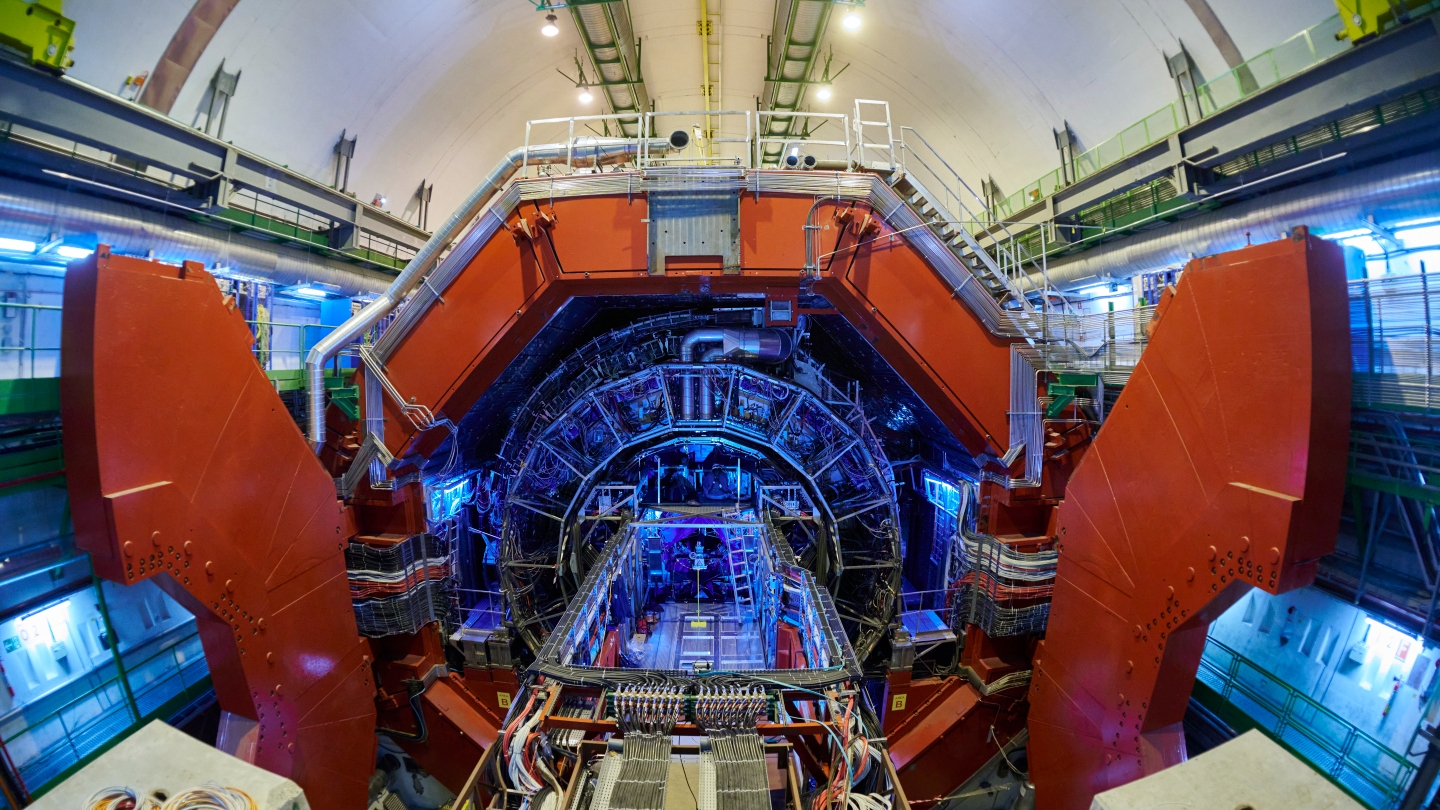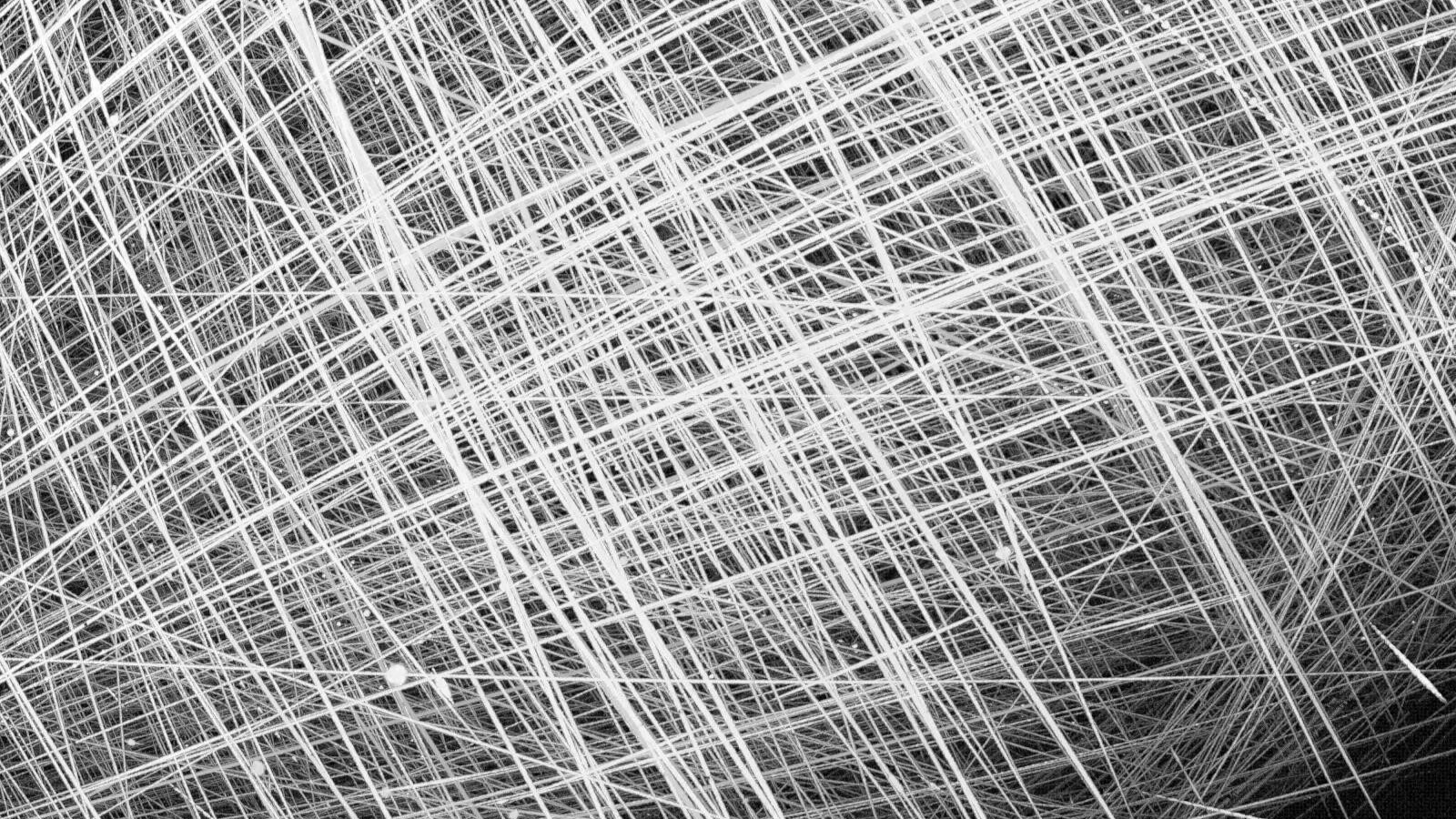Modern-day alchemy! Scientists turn lead into gold at the Large Hadron Collider
There wasn't a lot of gold and it didn't last long, but the results are still impressive.

For centuries, alchemists dreamed of turning lead into gold — not through magic, but by unlocking the hidden potential within metals themselves. While their methods never panned out, those of modern science finally have.
Researchers at the Large Hadron Collider (LHC) — the world's largest and highest-energy particle accelerator — have observed a real-life transmutation of lead into gold. But this transformation didn't come from direct collisions, as was previously observed. Instead, it emerged through a new mechanism involving near-miss interactions between atomic nuclei.
The LHC was built to accelerate particles to near the speed of light. The collisions of these particles allow scientists to study the fundamental building blocks of matter and explore how our universe is structured on its smallest scales.
While vital information has been gleaned from such head-on collisions, most encounters inside the collider are indirect. In these "near misses," particles pass close to one another without making contact yet generate electromagnetic fields so intense that they can trigger unexpected nuclear reactions.
"The electromagnetic field emanating from a lead nucleus is particularly strong because the nucleus contains 82 protons, each carrying one elementary charge," officials with the European Organization for Nuclear Research (known by its French acronym, CERN) wrote in a statement.
"Moreover, the very high speed at which lead nuclei travel in the LHC (corresponding to 99.999993% of the speed of light) causes the electromagnetic field lines to be squashed into a thin pancake, transverse to the direction of motion, producing a short-lived pulse of photons," they added.
This pulse can trigger a process known as electromagnetic dissociation, in which a photon interacts with a nucleus, inducing internal oscillations that eject neutrons and photons. In the case of a passing lead atom, the loss of three protons through this process results in the formation of gold.
Breaking space news, the latest updates on rocket launches, skywatching events and more!
"It is impressive to see that our detectors can handle head-on collisions producing thousands of particles, while also being sensitive to collisions where only a few particles are produced at a time, enabling the study of electromagnetic 'nuclear transmutation' processes," Marco Van Leeuwen, spokesperson for the ALICE (A Large Ion Collider Experiment) project at the LHC, the team behind the new results, said in the same statement.
The work "is the first to systematically detect and analyze the signature of gold production at the LHC experimentally," added Uliana Dmitrieva of the ALICE collaboration.
The team was able to identify proton loss not only associated with the formation of gold, but also with the production of lead, thallium and mercury atoms. This analysis was made possible by a device called a zero degree calorimeter (ZDC), which detects and counts the photon-nucleus interactions by measuring the resulting emissions.
The team reported that the LHC can produce up to 89,000 gold nuclei per second from lead-lead collisions. "The ALICE analysis shows that, during Run 2 of the LHC (2015-2018), about 86 billion gold nuclei were created at the four major experiments," CERN officials wrote in the statement.
However, any modern-day alchemist hoping to cash in might be disappointed. This corresponds to just 29 picograms (2.9 ×10-11 grams) of material, and these gold atoms are extremely short-lived. They're so energetic that they immediately slam into parts of the LHC, like the beam pipe or collimators, breaking apart almost instantly into protons, neutrons and other particles. As a result, the gold exists for only a fleeting fraction of a second.
"The results […] test and improve theoretical models of electromagnetic dissociation which, beyond their intrinsic physics interest, are used to understand and predict beam losses that are a major limit on the performance of the LHC and future colliders," concluded John Jowett, also of the ALICE collaboration.
Join our Space Forums to keep talking space on the latest missions, night sky and more! And if you have a news tip, correction or comment, let us know at: community@space.com.

A chemist turned science writer, Victoria Corless completed her Ph.D. in organic synthesis at the University of Toronto and, ever the cliché, realized lab work was not something she wanted to do for the rest of her days. After dabbling in science writing and a brief stint as a medical writer, Victoria joined Wiley’s Advanced Science News where she works as an editor and writer. On the side, she freelances for various outlets, including Research2Reality and Chemistry World.
You must confirm your public display name before commenting
Please logout and then login again, you will then be prompted to enter your display name.
